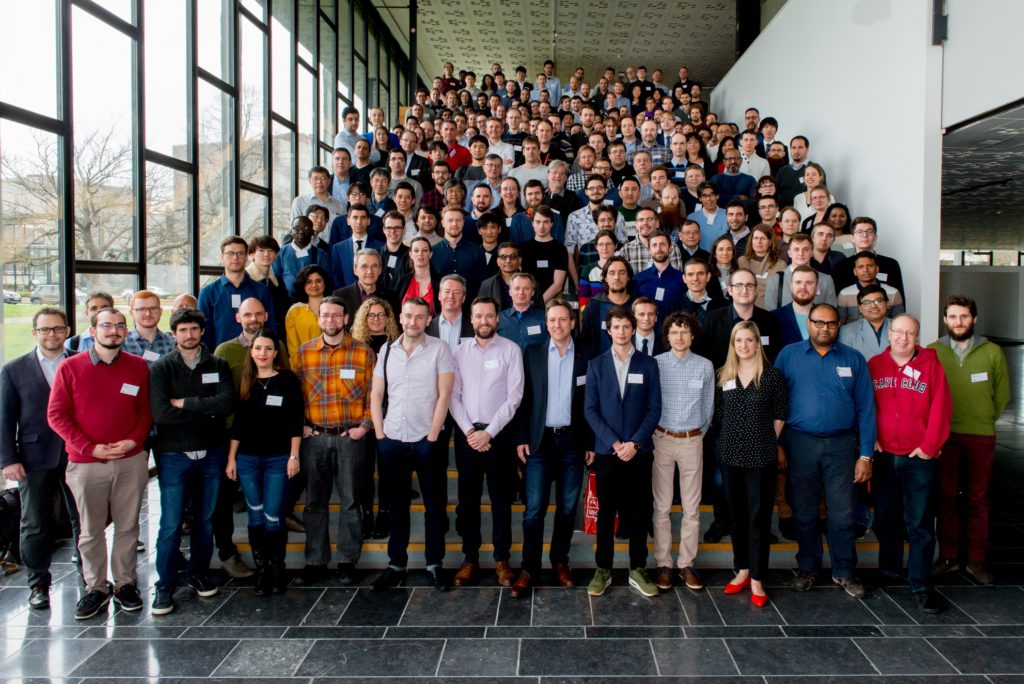Last week the 24th edition of the Hasselt diamond workshop took place (this year chaired by Christoph Becher). It’s already the fourth time, since 2016, I have attended this conference, and each year it is a joy to meet up with the familiar faces of the diamond research field. The program was packed, as usual. And this year the NV-center was again predominantly present as the all-purpose quantum defect in diamond. I keep being amazed at how much it is used (although it has a rather low efficiency) and also about how many open question remain with regard to its incorporation during growth. With a little luck, you may read more about this in the future, as it is one of a few dozen ideas and questions I want to investigate.
A very interesting talk was given by Yamaguchi Takahide, who is combining hexagonal-BN and H-terminated diamond for high performance electronic devices. In such a device the h-BN leads to the formation of a 2D hole-gas at the interface (i.e., surface transfer doping), making it interesting for low dimensional applications. (And it of course hints at the opportunities available with other 2D materials.) The most interesting fact, as well as the most mind-boggling to my opinion, was the fact that there was no clear picture of the atomic structure of the interface. But that is probably just me. For experiments, nature tends to make sure everything is alright, while we lowly computational materials artificers need to know where each and every atom belongs. I’ll have to make some time to find out.
A second extremely interesting presentation was given by Anke Krueger (who will be the chair of the 25th edition of SBDD next year), showing of her groups skill at creating fluorine terminated diamond…without getting themselves killed. The surface termination of diamond with fluorine comes with many different hazards, going from mere poisoning, to fire and explosions. The take-home message: “kids don’t try this at home”. Despite all this risky business, a surface coverage of up to 85% was achieved, providing a new surface termination for diamond, with a much stronger trapping of negative charges near the surface, ideal for forming negatively charged NV centers.
On the last day, Rozita Rouzbahani presented our collaboration on the growth of B doped diamond. She studied the impact of growth conditions on the B concentration and growth speed of B doped diamond surfaces. My computational results corroborate her results and presents the atomic scale mechanism resulting in an increased doping concentration upon increased growth speed. I am looking forward to the submission of this nice piece of research.
And now, we wait another year for the next edition of SBDD, the celebratory 25th edition with a focus on diamond surfaces.


